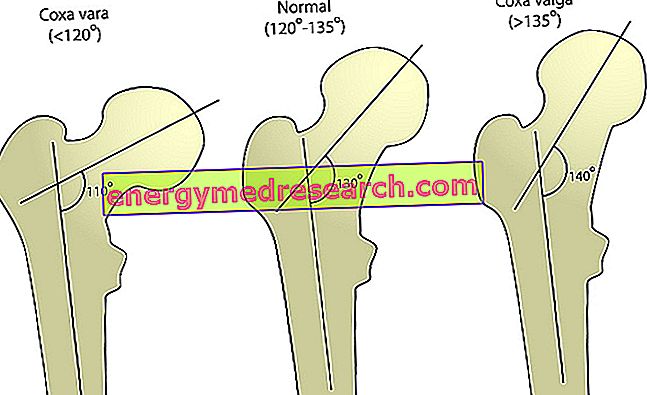
What is Vipidia and what is it used for?
Vipidia is a medicine that contains the active substance alogliptin . It is used, in combination with a diet and exercise regimen, in addition to other antidiabetic drugs for adults with type 2 diabetes, to control the level of glucose (sugar) in the blood
How is Vipidia used - alogliptin?
Vipidia is available as tablets (6.25, 12.5 and 25 mg) and can only be obtained with a prescription. The recommended dose is 25 mg taken orally once a day, in combination with other antidiabetic medicines as prescribed by your doctor. When Vipedia is added to a sulphonylurea (a type of anti-diabetic drug) or to insulin, your doctor may prescribe a lower dose of these drugs to reduce the risk of hypoglycemia (low blood sugar). In patients with reduced kidney function, the daily dose of Vipidia should be reduced. For more information, see the package leaflet.
How does Vipidia work - alogliptin?
Type 2 diabetes is a disease in which the pancreas does not produce enough insulin to control the level of glucose in the blood or where the body is unable to use insulin effectively. The active substance in Vipidia, aloglitin, is a dipeptidyl-peptidase-4 inhibitor (DPP-4). It works by blocking the degradation of the incretins in the body. These hormones, which are released after a meal, stimulate the pancreas to produce insulin. By blocking the breakdown of incretin hormones in the blood, alogliptin prolongs their action by stimulating the pancreas to produce more insulin when blood glucose levels are high. Alogliptin is not effective if blood glucose is low. Alogliptin also reduces the amount of glucose produced by the liver by increasing insulin and reducing the levels of the glucagon hormone. Together, these processes reduce blood glucose levels and help control type-2 diabetes.
What benefit has Vipidia - alogliptin shown during the studies?
Vipidia has been studied in seven main studies involving 5, 675 adults with type 2 diabetes. Five of the studies compared Vipedia with placebo (a dummy treatment), in monotherapy or in combination with other antidiabetes drugs, in patients with previous treatments they had no effect. In two other studies, Vipedia was compared with the antidiabetes drugs glipizide and pioglitazone in patients who were already taking metformin. The main measure of effectiveness in all studies was the change in the levels of glycosylated hemoglobin (HbA1c), which is the percentage of hemoglobin linked to blood glucose. The levels of HbA1c give an indication of the degree of glucose control in the blood. HbA1c levels were measured after 26 weeks in the case of the use of Vipedia in monotherapy or in combination with other antidiabetes drugs, and after 52 weeks when Vipedia was compared to glipizide or pioglitazone. In all the studies Vipedia led to a decrease in the level of HbA1c, indicating that blood glucose levels had decreased. In monotherapy or in combination with other antidiabetes drugs, Vipidia was able to reduce HbA1c levels by 0.48-0.61% more than placebo. Vipidia eventually proved as effective as pioglitazone in reducing HbA1c in addition to metformin, however the comparative study between Vipidia and glipizide had not yet reached conclusive results.
What is the risk associated with Vipidia - alogliptin?
The most common side effect of Vipidia (which may affect up to 1 in 10 people) is itching. For the full list of all side effects reported with Vipidia, see the package leaflet. Vipidia should not be used in people who are hypersensitive (allergic) to the active substance or any of the other ingredients, or in people who have previously had a serious allergic reaction to the DPP4 inhibitor.
Why has Vipidia - alogliptin been approved?
The Committee for Medicinal Products for Human Use (CHMP) decided that Vipidia's benefits are greater than its risks and recommended that it be approved for use in the EU. The CHMP considered that the effects of Vipidia on HbA1c levels were similar to those of other DPP-4 inhibitors and were modest, yet relevant. As regards safety, the profile of Vipidia was consistent with that observed with other DPP-4 inhibitors.
What measures are being taken to ensure the safe and effective use of Vipidia - alogliptin?
A risk management plan has been developed to ensure that Vipidia is used as safely as possible. Based on this plan, safety information has been included in the summary of product characteristics and the package leaflet for Vipidia, including the appropriate precautions to be followed by healthcare professionals and patients.
More information on Vipidia - alogliptin
On 19 September 2013, the European Commission issued a marketing authorization for Vipidia, valid throughout the European Union. For the full EPAR for Vipidia, consult the Agency's website ema.Europa.eu/Find medicine / Human medicines / European public assessment reports. For more information on Vipidia therapy, read the package leaflet (also part of the EPAR) or contact your doctor or pharmacist. Last update of this summary: 08-2013.



